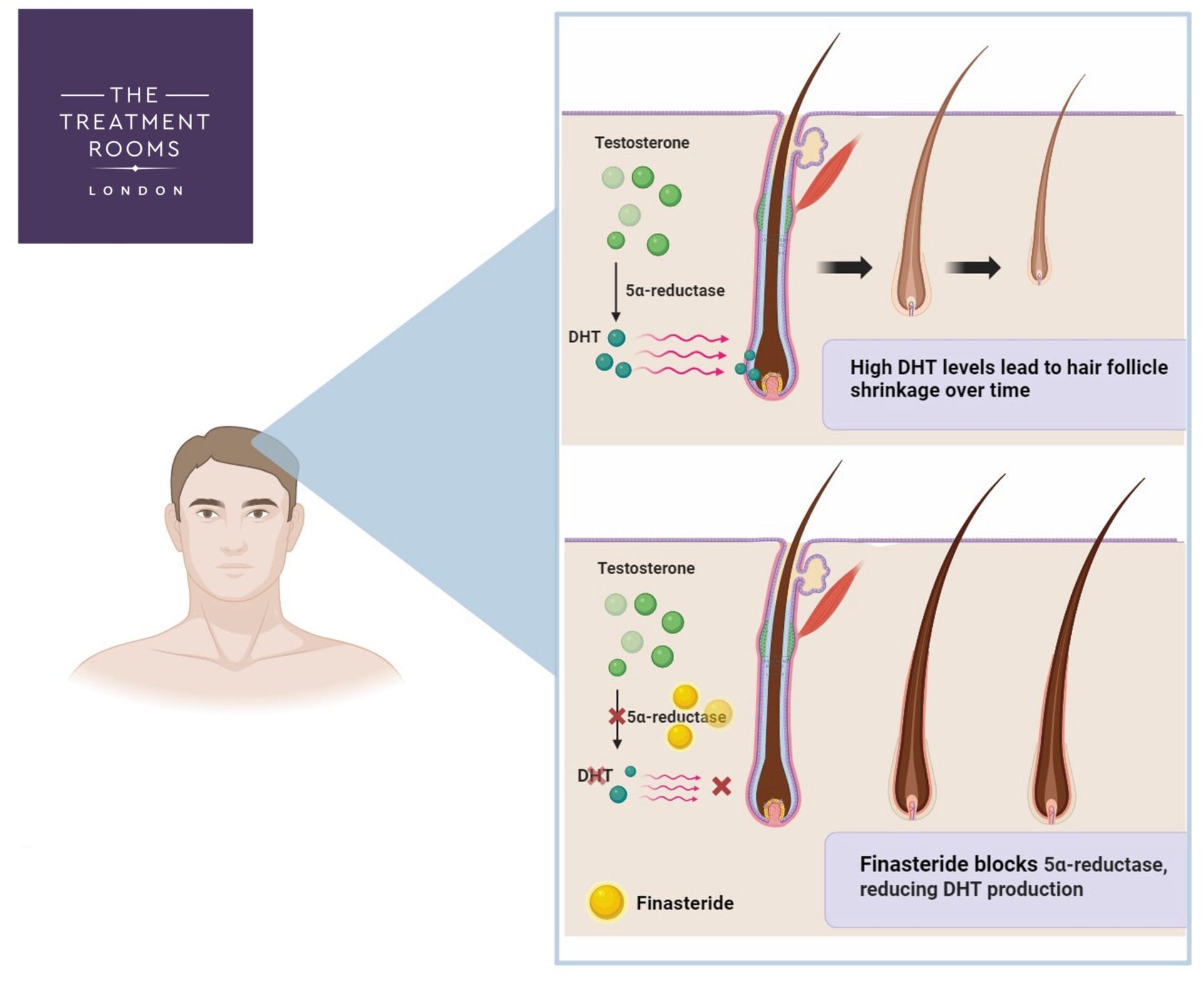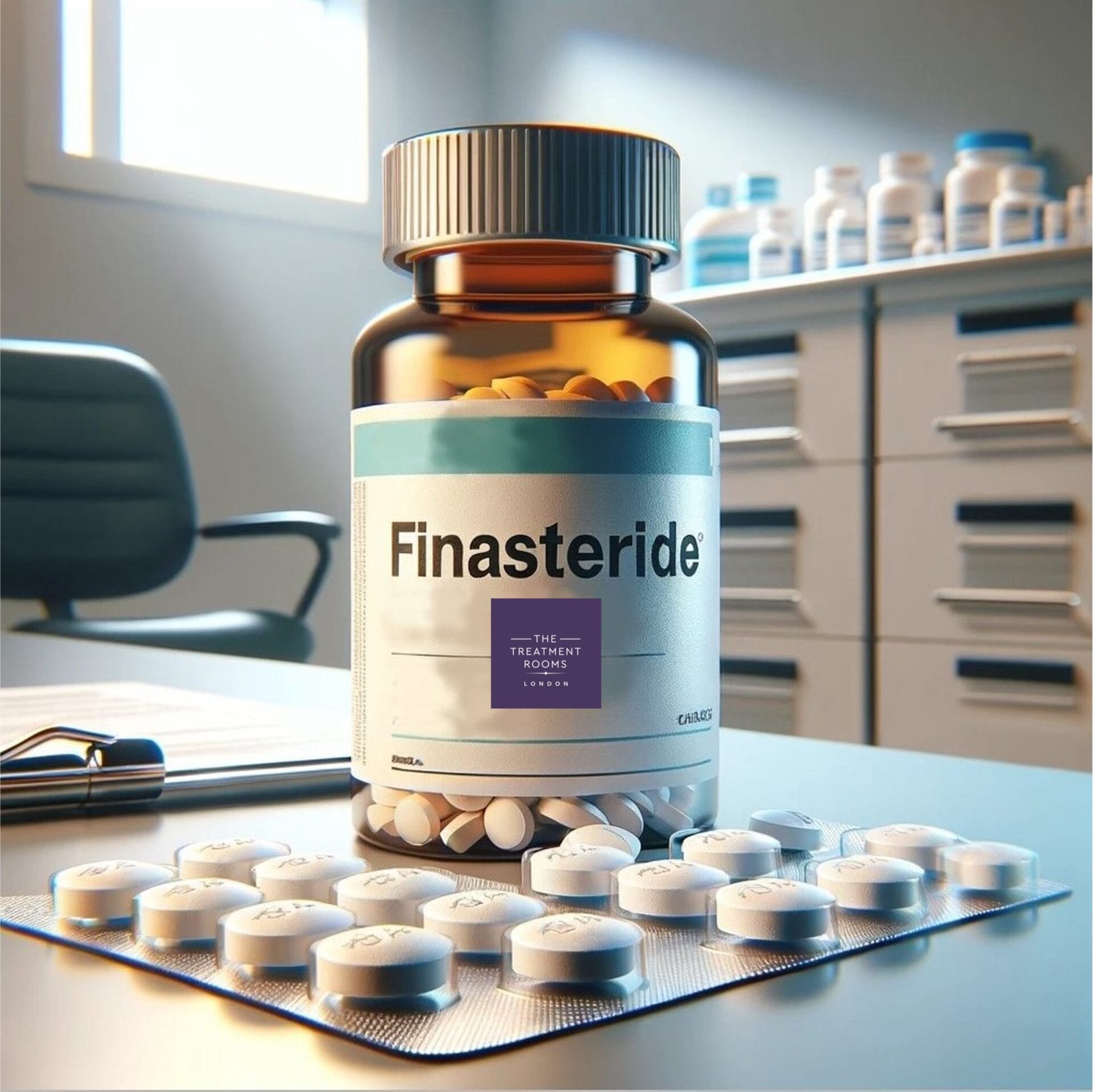Finasteride and Its Side Effects: What You Need to Know
Quick Summary: Finasteride and Its Side Effects
Finasteride for Hair Loss: Originally developed for prostate enlargement, Finasteride is widely used to treat androgenetic alopecia. By reducing DHT levels, it can slow hair loss and even stimulate regrowth.
Dosage and Administration: A daily dose of 1mg is common, with results potentially visible after 6 months. Continuous use is crucial for maintaining benefits.
Side Effects in Men: Include decreased libido, erectile dysfunction, and ejaculation issues, primarily due to hormonal changes. Mood changes and a rise in liver enzymes are less common.
Side Effects in Women: Less researched but can include hormonal imbalances and risks during pregnancy. Finasteride is not recommended for women who could become pregnant due to its teratogenic nature.
Long-term Risks: For men, extended use may lead to metabolic issues like high sugar levels and increased risk of type 2 diabetes, as well as potential impacts on liver and kidney function.
Management and Alternatives: Regular monitoring and consultations with healthcare providers are essential. Alternative treatments include Minoxidil, hair transplant surgery, PRP therapy, and LLLT.
Introduction
In both men and women, hair loss is a widespread concern, leading many to seek effective treatments. One such treatment, Finasteride, has gained attention for its effectiveness in managing hair loss, which comes with its share of side effects. This article focuses on what you need to know about these side effects when considering Finasteride.
Finasteride Overview
Originally developed for benign prostatic hyperplasia (prostate enlargement), Finasteride has become a go-to treatment for androgenetic alopecia, a common form of hair loss. Available both as a pill and a topical solution, Finasteride’s mechanism is to stop a specific enzyme, known as 5-alpha-reductase, from working. This enzyme changes testosterone into another form, dihydrotestosterone (DHT). DHT is responsible for causing hair follicles to shrink and eventually stop growing back. By preventing the production of DHT, and thus reducing its level in your blood, Finasteride can effectively slow the progression of hair loss, and in some instances even encourage the regrowth of existing hair.

Think of it like this: Finasteride acts like a blocker, stopping the transformation into DHT, and helping to keep hair loss at bay.5
Dosage and Administration
The recommended dosage for hair loss is 1 mg daily. This is a regimen that requires patience, as it may take up to 6 months to witness visible hair growth. Continuity is key – halting the medication often leads to reversing its benefits. This is because Finasteride doesn’t cure hair loss; it merely prevents further loss as long as the treatment is maintained.
Side Effects of Finasteride
While Finasteride can be a game-changer in hair loss treatment, it is not without potential side effects:
In Men – a spectrum of sexual health concerns have been reported, with research indicating that anywhere from 2% to 38% of male users may experience issues such as1,2:
- Decrease in sexual drive (libido)
- Difficulties with erections (erectile dysfunction)
- Difficulties with ejaculation
These issues stem from how Finasteride alters hormone levels in the body. Although infrequent, some small-scale studies have indicated a potential link between Finasteride and mood changes, including depression and anxiety. Those with liver conditions need to be cautious, as their body might process the drug more slowly. However, most men find these side effects non-existent or mild, and notice they diminish over time.
In Women – The research on Finasteride’s effects in women is not as comprehensive. The main concerns for female users, particularly those who could become pregnant, revolve around hormonal balance and the risk during pregnancy. Finasteride falls into a category of substances known as teratogens – substances that can negatively affect foetal development.
As such, its use is generally avoided in women who are or may become pregnant to prevent birth defects. In clinical studies involving women taking Finasteride, the most commonly reported side effects included1:
- Decreased libido
- Headache
- Gastrointestinal discomfort
Remember, it is better to discuss the decision to use Finasteride in consultation with your healthcare provider, who can help weigh the benefits against potential side effects based on individual health profiles.

Long-term Research on Finasteride’s Side Effects Highlights:
It’s also important to be aware of additional risks associated with long-term Finasteride use in men. Emerging research highlights the potential for metabolic issues such as3:
- Increased blood sugar levels (hyperglycemia)
- Decreased sensitivity to insulin
- Higher risk of developing type 2 diabetes
- Potential risk of fat buildup in the liver with prolonged use
Other Possible Organ Impacts:
- Dry eyes
- Changes in liver and kidney function
Due to these findings, men using Finasteride over a long period of time are advised to closely monitor any side effects and consult their healthcare provider regularly.
Managing Finasteride Side Effects and Knowing When to Stop
If side effects occur, consider:
- Regularly monitoring any changes and having follow-ups with healthcare providers
- Adjusting the dose of Finasteride to alleviate side effects
- Switching from oral to topical form to reduce systemic side effects
If side effects become severe or significantly impact quality of life, discontinuation should be considered under medical guidance.
Alternative Treatments to Consider:
- Minoxidil: A medication that stimulates hair growth
- Hair Transplant Surgery: Surgical management of significant hair loss
- PRP (Platelet Rich Plasma) Therapy: Injecting platelet rich plasma into the scalp to encourage growth
- Low-Level Laser Therapy (LLLT): Stimulating hair growth using light4
Conclusion
In summary, Finasteride still stands as an effective solution for hair loss; but like all medications, it comes with its cautions and considerations. The decision to start treatment can be made in consultation with a healthcare professional, considering personal health history and potential side effects. Usually, your local GP would be equipped to advise you on this.
Discover detailed insights and expert advice on Finasteride in our comprehensive blog post – click here to explore more.
References:
- Hirshburg, J. M., Kelsey, P. A., Therrien, C. A., Gavino, A. C., & Reichenberg, J. S. (2016). Adverse Effects and Safety of 5-alpha Reductase Inhibitors (Finasteride, Dutasteride): A Systematic Review. The Journal of clinical and aesthetic dermatology, 9(7), 56–62. Available from: https://www.ncbi.nlm.nih.gov/pmc/articles/PMC5023004/
- Mysore V. (2012). Finasteride and sexual side effects. Indian dermatology online journal, 3(1), 62–65. doi:10.4103/2229-5178.93496. Available from: https://www.ncbi.nlm.nih.gov/pmc/articles/PMC3481923/
- Traish A. M. (2020). Health Risks Associated with Long-Term Finasteride and Dutasteride Use: It’s Time to Sound the Alarm. The world journal of men’s health, 38(3), 323–337. doi:10.5534/wjmh.200012. Available from: https://www.ncbi.nlm.nih.gov/pmc/articles/PMC7308241/
- Nestor, M. S., Ablon, G., Gade, A., Han, H., & Fischer, D. L. (2021). Treatment options for androgenetic alopecia: Efficacy, side effects, compliance, financial considerations, and ethics. Journal of cosmetic dermatology, 20(12), 3759–3781. doi: 10.1111/jocd.14537. Available from: https://www.ncbi.nlm.nih.gov/pmc/articles/PMC9298335/
- Finasteride’s impact on hair follicles illustrated using BioRender.com
Book A Consultation

